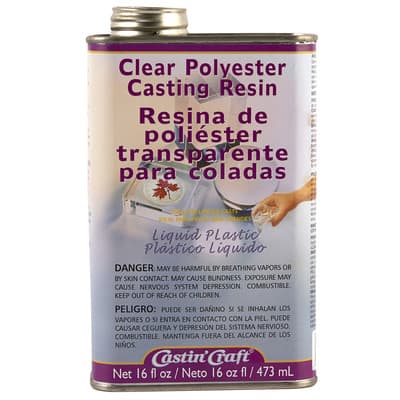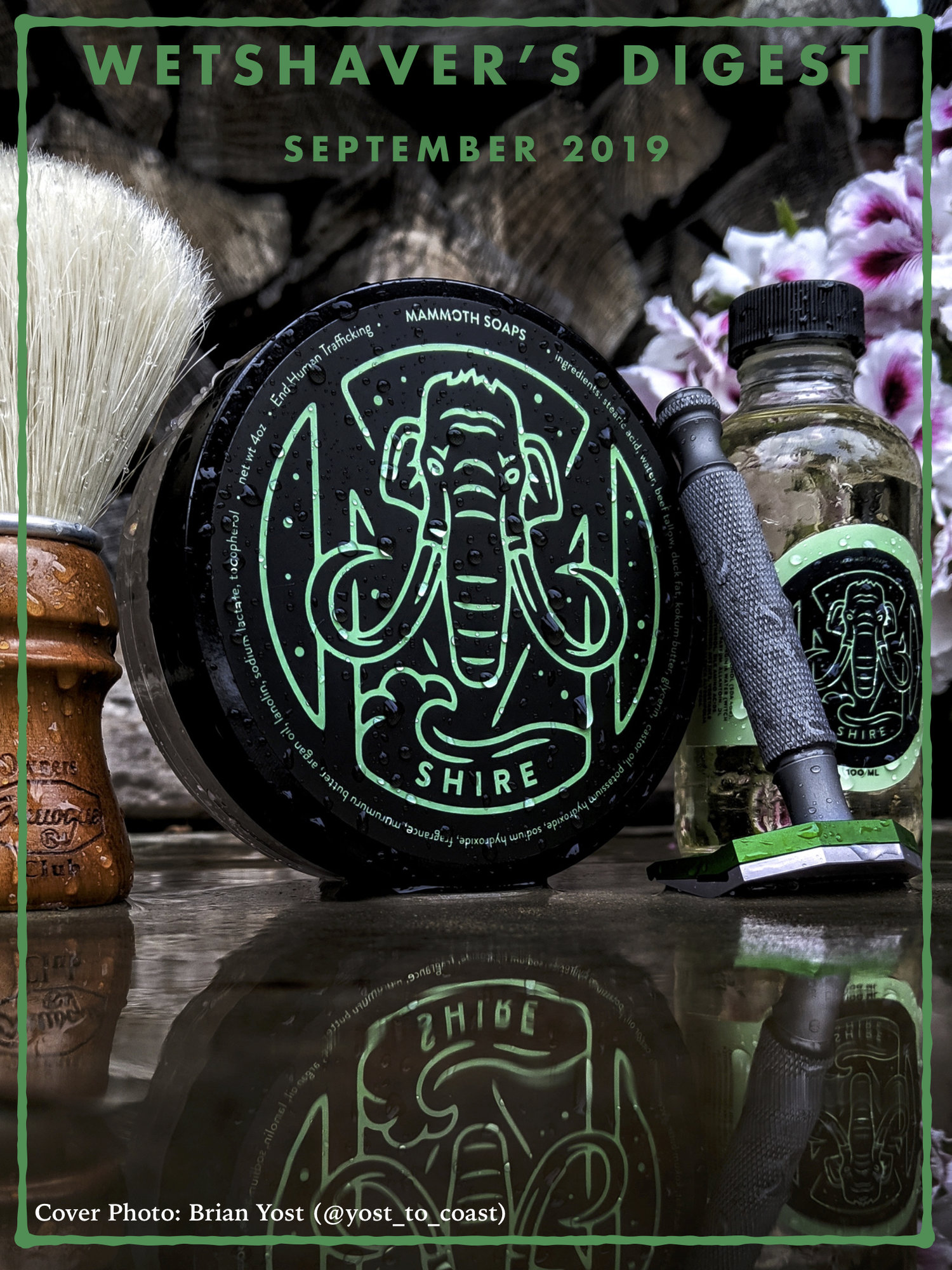I’m looking into using resin to make blanks for turning, in addition to wood (which I already use). I’m just curious as to what specific type of resin everybody with more experience than me uses, as well as any advice they have on suppliers and what sort of pricing I’d be looking at.
I don’t think I’ll be making more than 10 brush handles a month at first, so I don’t know that it makes sense to buy in bulk, but right now I don’t even know where to get started. Could anybody chime in and let me their expertise?
I don’t think I’ll be making more than 10 brush handles a month at first, so I don’t know that it makes sense to buy in bulk, but right now I don’t even know where to get started. Could anybody chime in and let me their expertise?





